I'm trying to write a simple negamax algorithm in Rust for my Chess engine. I have a very simple evaluation function:
pub fn evaluate(&self) -> i32 {
let mut eval: i32 = 0;
for piece_type in PType::PIECE_TYPES {
eval += (
self.bitboards[piece_type, Col::White].count_ones() as i32 -
self.bitboards[piece_type, Col::Black].count_ones() as i32
) * piece_type.value();
}
eval
}
And here's my negamax implementation:
fn negamax(pos: &mut Position, depth: u32, piece_colour: Col) -> i32 {
let mult = match piece_colour {
Col::Black => -1,
Col::White => 1
};
if depth == 0 {
return pos.evaluate() * mult
}
let mut best_so_far = -9999;
let legal_moves = movegen::legal_moves(pos, piece_colour);
for child in legal_moves {
pos.make_move(child);
best_so_far = std::cmp::max(best_so_far, negamax(pos, depth - 1, piece_colour.inverse()));
pos.unmake_move(child);
}
-best_so_far
}
A lot of this is derived from the Wikipedia pseudocode for the Negamax algorithm. However, in the following position on depth 5, the best move generated for white is Nxd3 when it should be Nb7 to fork the queen and king, then capture the queen on the next move (yes, my move generator does account for forks).
I have a feeling my Negamax implementation is at fault, however I can't figure out where.
